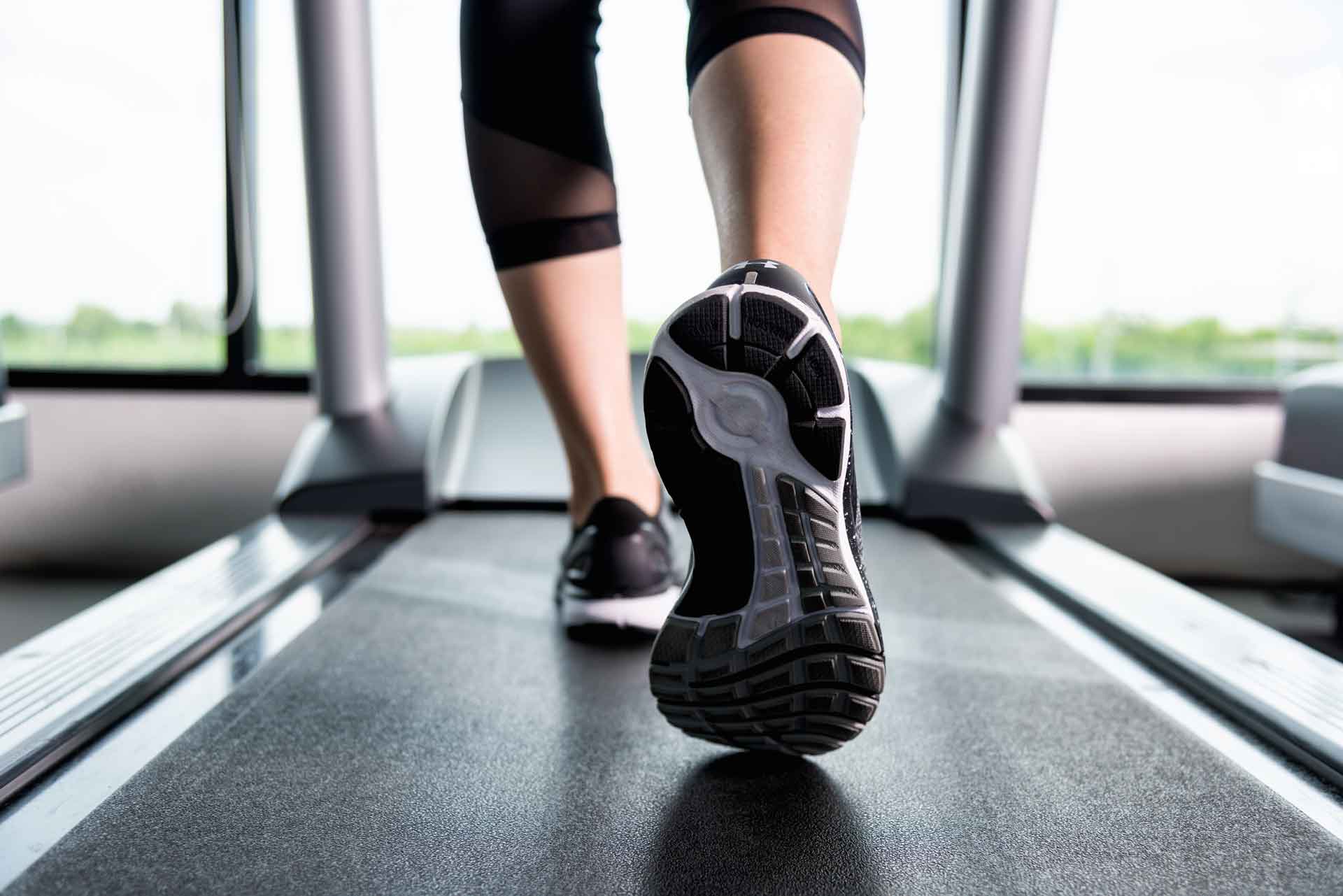
Biomechanical Assessment
If you are suffering from pain when you are standing, walking, exercising etc., it could be related to the biomechanical function of the foot. This involves a number of steps and procedures carried out by your podiatrist with the aim in diagnosing the problem, formulating an appropriate treatment plan and ultimately getting you moving again with a lot more comfort.
Some of these steps are:
- Full History Check: In order to get a clear understanding of the pain you are suffering from a detailed history check will need to be carried out. This will include medical history, nature of your pain/injury, current and previous activity level and any previous injuries/surgeries. This takes time but without a full history a proper and appropriate diagnosis cannot be guaranteed.
- Biomechanical Assessment: This involves a number of different tests carried out on the lower limb involving strength, balance, flexibility, range of motion and quality of motion. These tests will require your podiatrist to move your foot through different positions while you are sitting, laying or standing. They will also look for markers such as unusual wear-patterns on your shoes and areas of high pressure on the foot. Both feet will get assessed even if your pain is exclusive to one foot as it is important to get as much data as possible.
- Gait Analysis: Effectively watching the patient walk up and down this is a key part of the assessment as it allows the podiatrist to check your movement and gait pattern which could be attributing to your pain/injury. There are a number of ways to do this. The most common is a simple walk up and down through the clinic room. If your gait is particularly complex a video gait analysis may be required. This involves walking on a treadmill with cameras at different angles recording your lower limb. This allows us to slow down the recorded footage and study your gait in extra detail, enabling us to identify movement patterns that could be causing you pain/leaving you at higher risk of injury.
Interested in making an appointment?
To schedule a biomechanical assessment, get in contact with Podi Footcare today.
Having conducted a full biomechanical assessment we will have a full history, data relating to your foot and its functionality and finally a gait analysis allowing us to identify the problem. If you have a particularly complex problem further assessment may be required in the form of specialist diagnostic tests (MRI/Ultrasound) which we will refer you for.
If that is not the case we will be able to formulate a stretching or strengthening program or the introduction of orthotics (insoles) if necessary.

Biomechanical Assessment FAQ
-
What does a biomechanical assessment involve?
Our expert podiatrist will carry out an examination of your lower limbs, looking at their structure, alignment, strengths and weaknesses. Both feet will be assessed to gather as much detail as possible which will aid the development of personalised plans for every client that visits us.
-
Can a biomechanical assessment help solve a complex issue I have had for many years?
If your issue persists after a full biomechanical assessment that involves gait analysis and a full history check, we may refer you to receive specialist diagnostic tests (MRI/Ultrasound).
